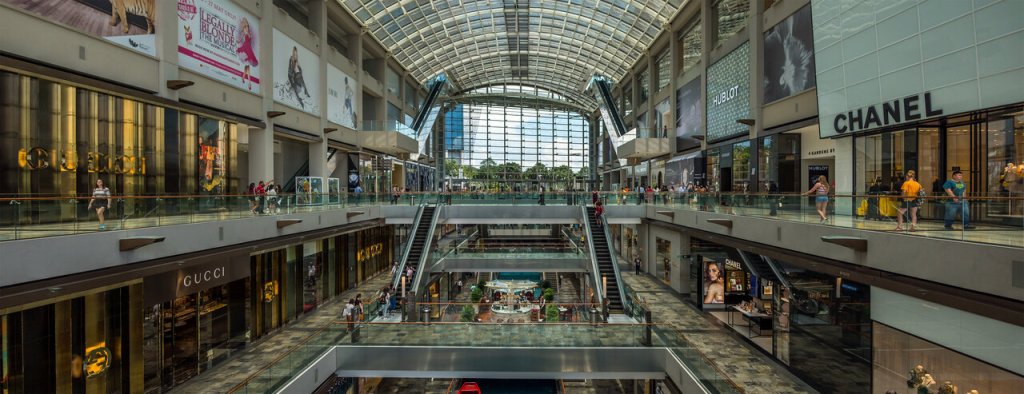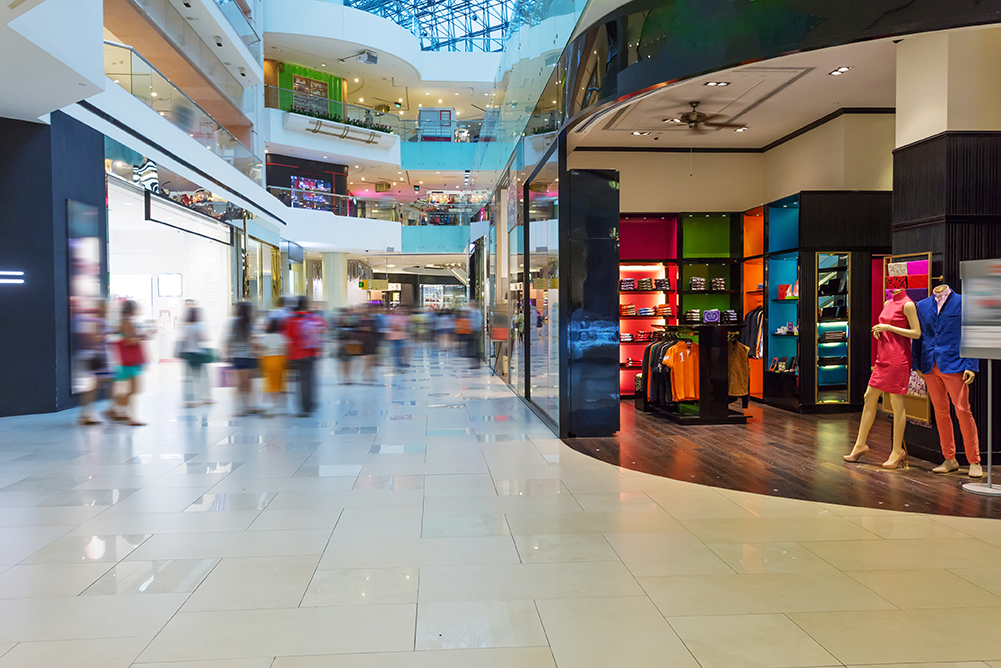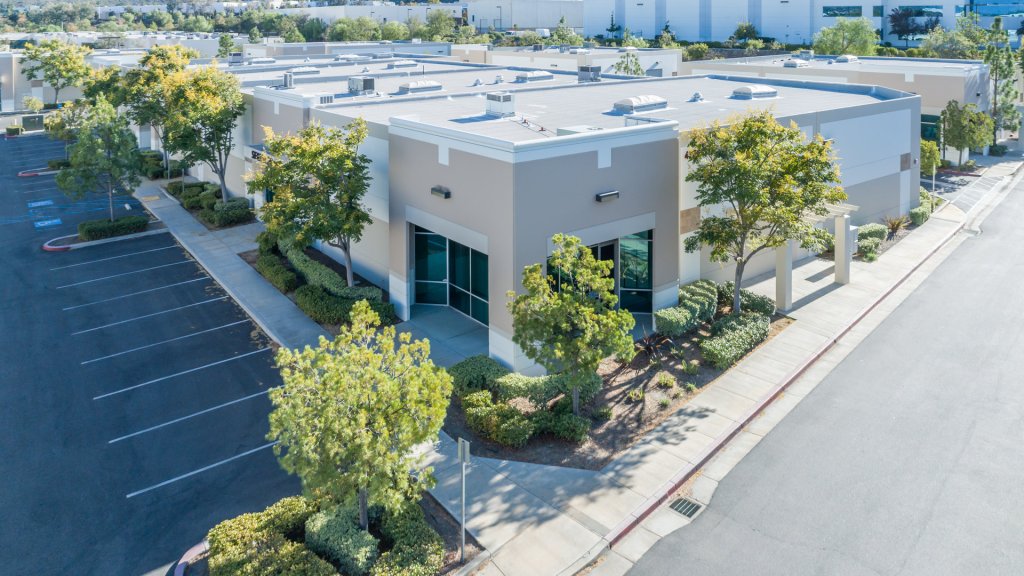Retail Depravity
Is AI the solution?
With fewer consumers in-person shopping and America’s shoplifting epidemic, retailers have their work cut out. Let’s explore what’s happening in retail stores and how this holiday season can make or break them. In-store experience competes with e-commerce Many still crave that in-store shopping experience. Brick-and-mortar retailers can offer unique experiences to retain consumers. Personalized customer […]













